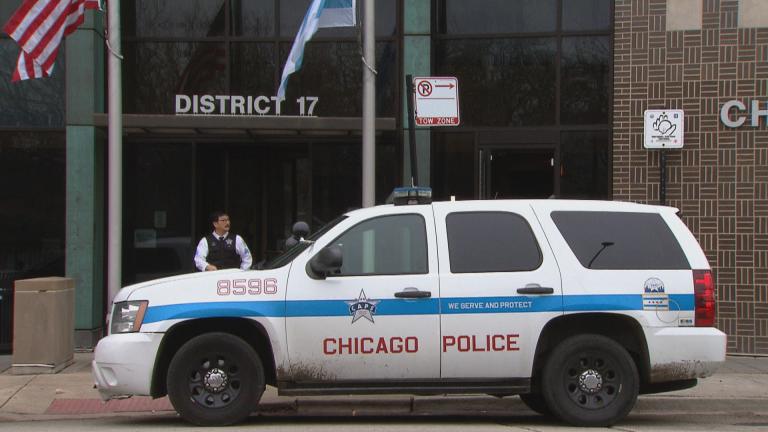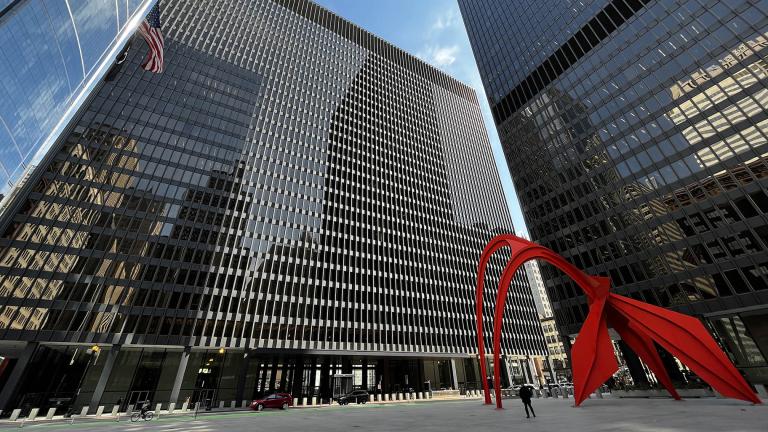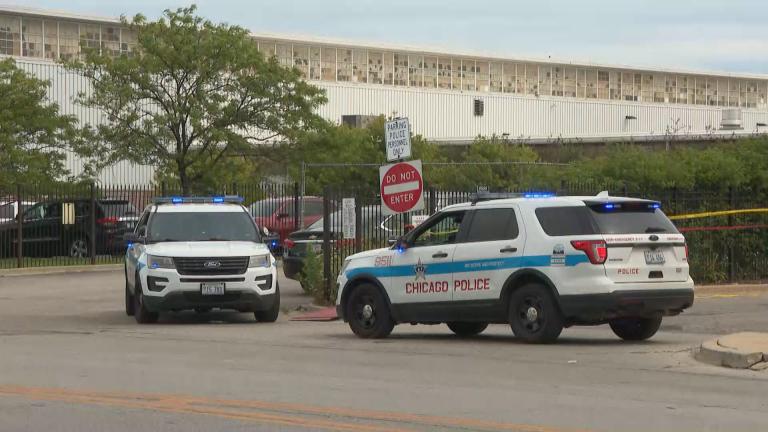Just what is the role of gangs in Chicago’s violence problem? A spate of shootings of young people in recent weeks has put a renewed spotlight on the issue.
The city has had gangs as long as it has been incorporated, but the structures have evolved over the years. As gangs were targeted by police and federal authorities using anti-racketeering laws from the 1970s onward, many gang leaders were incarcerated in federal prisons. That left behind a more fractured and anarchic gang culture, say gang experts.
“I don’t necessarily call them gangs because there is really no structure – they’re more like cliques and factions,” said Jervon Hicks, a former gang member who spent some 16 years in prison. Hicks now works as a life coach at the Youth Peace Center of Roseland mentoring and providing guidance to young men aged 18 to 26.
Hicks said that as he was drawn into gang life he developed an addiction to guns.
“There’s nothing to be held in your hand that’s more powerful than a firearm unless you have a large bank account and a large load of money,” says Hicks. The addiction came from seeing fear in other people’s eyes. Did I know I was doing wrong? Absolutely. Did I know it was illegal? Absolutely. But getting caught was far from my mind.”
He says that many young people in communities of color carry guns for their own protection rather than to perpetrate crime.
Benneth Lee is a former gang member who served some 15 years in Illinois prisons before turning his life around. Lee is now an instructor in criminal justice studies at Northeastern Illinois University and co-founder of the National Alliance for the Empowerment of the Formerly Incarcerated. He agrees that the gang structures that once existed are largely fragmented.
“You’ve got some guys that might be Vice Lords, but they don’t honor the Vice Lord Nation – they’re renegades,” said Lee. “You might see a group of guys on one block, there might be five Vice Lords, two Disciples and one Stone and they’re getting money together hustling and that’s how they’re moving now.”
Because of the fragmentation of gang structures and the loose affiliations that now exist between members, Lee says it’s hard to attribute criminal acts to particular gangs.
“Most young people get drawn into whatever’s happening in their community,” said Lee, and he noted that much of the violence that plagues many communities is not organized gang violence but simply a consequence of living in communities that have been deprived of investment for decades.
“This is not an organized effort by a street gang, this is just young people living in marginalized conditions reacting to the poverty of their circumstances.” Said Lee. “When it comes to the violence, this is not organized violence, these are individual, personal acts of violence.”
Miguel Cambray was born and raised in Little Village and is director of strategic partnerships and initiatives for READI Chicago at Heartland Alliance.
READI provides cognitive behavioral therapy which aims at disrupting impulsive, potentially criminal behaviors that can lead to gun violence.
Cambray said it has been able to engage over 700 individuals throughout four neighborhoods in Chicago.
“We work to build a sense community, a sense of purpose and self-worth,” said Cambray. “And that happens through relation building and it happens over time.”
Cambray said that it is “systems of oppression” that ultimately lead people to seek community in gangs.
“When you create systems of oppression and haves and have-nots, we all have to associate to something,” said Cambray. “Your social network is defined by your social access. So something that you look at as a gang could be my family and my neighbors and I don’t see them that way.”





